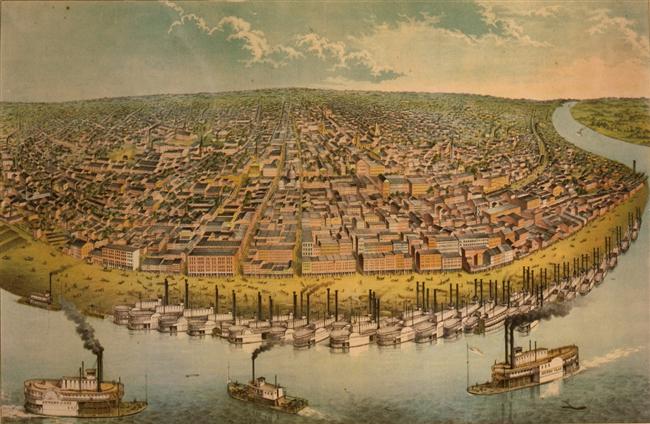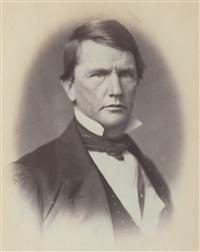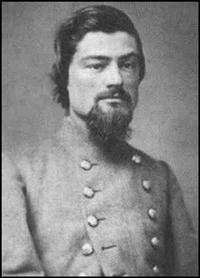Tour: St. Louis in 1861

| Waypoints | Google Earth Placemarks (kmz) | GPS eXchange Format |


In the first half of 1861, there was a life or death struggle going on between Missouri Congressman Francis P. Blair, Jr. and Missouri Governor Claiborne Fox Jackson. Blair was an Unconditional Unionist striving to keep Missouri in the Union at any cost. Jackson was a Secessionist working to have Missouri officially secede and join the Confederate States of America. Many of the events in this struggle took place in St. Louis, Missouri before reaching a climax in the Battle of Boonville when Governor Jackson's state government was forced into exile.
Strategically, Missouri shared a border with both Union and Confederate states and territories (Iowa, Illinois, Kansas, Arkansas, the Indian Territory, Kentucky and Tennessee), and contained vital waterways (the Mississippi and Missouri Rivers), which were critical to both transportation and communication. In addition, the state was rich in resources, including agriculture products (hemp, mules, etc.), and raw materials such as iron and lead. Missouri was the eighth most populous state in 1860, and provided a total of about 150,000 volunteers for the Union and the Confederacy.

Basil Duke, one of the pro-Southern leaders in St. Louis wrote about the strategic importance of Missouri: [1]
It is almost impossible to estimate how vastly the chances of Southern success would have been augmented had Missouri been permitted to take her place in the Southern column . . . [Had the State of Missouri been controlled by the Confederacy, it's] warlike population . . . would have . . . furnished a much larger and more formidable contingent to the Confederate cause than it did; while the number furnished the Federal army would have been greatly minimized.
Lying along the flank of the Western loyal states, and occupied by adequate Confederate forces, she would have so threatened Illinois and even more eastern territory as to effectually hinder any enterprise which might have stripped that region of troops; and armies would have been required to defend it against the invasions made from Missouri.
Although Missouri was a state in which owning slaves was legal, it was not like the deep south slave states. Only the State of Delaware had fewer slaves. Most slave owners owned less than five slaves. Only 540 individuals in the entire state owned more than 20 slaves. [2]
In 1861, Missouri was a conservative state that wanted the status quo to continue. But the radical minorities on either side of the issues would struggle to take control of Missouri in 1861. The Struggle for Missouri in 1861 began in St. Louis and it began before there was a Confederate States of America.
This tour will take you to locations in the St. Louis metropolitan area that were important in the Struggle for Missouri in 1861. Some of the places we will visit include Jefferson Barracks, the St. Louis Arsenal, and Camp Jackson. We will learn about many of the events during the chaos of the first six months of 1861 in St. Louis. The tours ends at Calvary and Bellafontaine Cemeteries in St. Louis where many of the participants in this struggle are buried.
The sequencing of the tour stops and the directions described in this tour assume that you are coming to St. Louis from the west. Of course you are free to visit the tour stops in any order you want. Where applicable, addresses and waypoints have been provided to help you locate the tour stop on the ground.
The On-line Tour articles were all written by and the photographs were all taken by theMuse.
Back: References
Next: Footnotes: St. Louis in 1861
